IN CONVERSATION WITH ROB UNETT
Tell us a bit about your background?
I was born in Birmingham, though I’m more of a Londoner than a Brummie. I grew up in an absolutely massive family, and I loathed school. There was very little appreciation for anything creative there.
There was no internet then, so you had to go to libraries if you were particularly interested in something or, given the rise of pop culture, you’d look at magazines in newsagents which is where I discovered Smash Hits, Madonna and Jean Paul-Gaultier. I went to see a career advisor and told them about a Jean Paul-Gaultier ad I'd seen in a magazine - I'd never seen anything like it in my life - and they deduced that my passion for drawing, textiles and colour was best suited behind a till in BHS or Debenhams. My heart sank.
I found myself at the library soon after, picking up a prospectus for Plymouth College of Art and Design. I saw they did a BTEC in Fashion and Design and immediately applied.
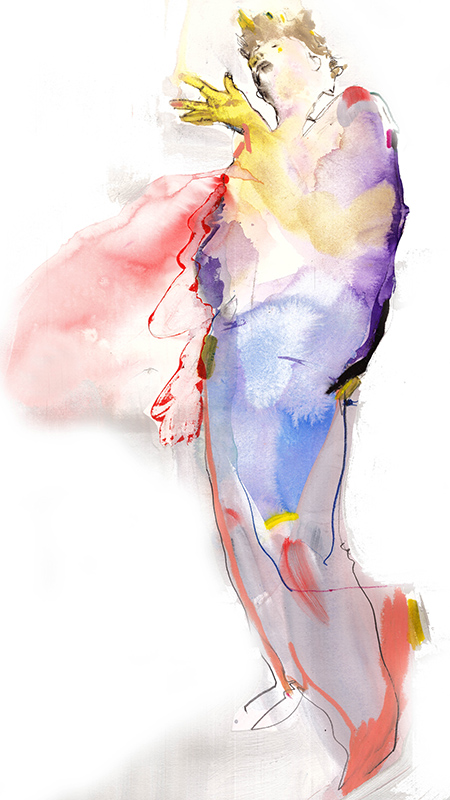
Was the path into the fashion industry quite straightforward?
Not at all! I thought all you did in fashion school is lounge around looking pretty, sketching designs. I was dyslexic and hadn’t learned a massive amount at school and so I failed. I ended up back home within a year. It was a few years before I completed my Diploma. Then I did my degree at Ravensbourne. We all worked in this gigantic open space, smoking and drinking over the print tables while talking about Freud. When you come from a background like mine, you don't just feel privileged, you just think, ‘man, this is the best!’
I'd spent quite a lot of time working for Alexander McQueen while I was doing my BA. I think fashion is one of those places where if you've got the skill and you work hard, you're noticed.
I was doing my MA in Fashion at Central St. Martins when I was offered a job as a fashion illustator for a magazine, and eventually became a fasion editor for them. I travelled the world covering shows, and took my work very seriously. The hard work paid off an I was given my own magazine to run, which I filled with new designers and student work, knowing how useful that would've been for me when I was a student.
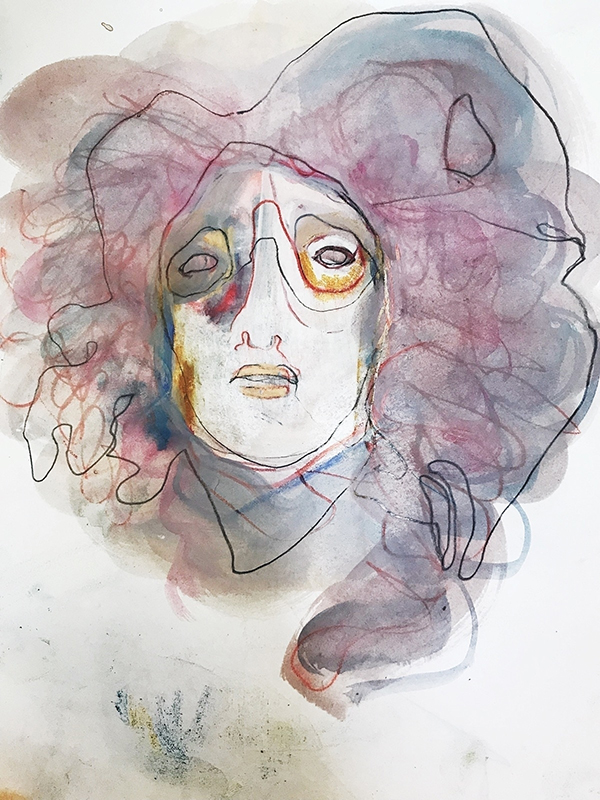
At what point did commercial fashion illustration become an art practice for you?
I had been teaching for a while, and had resurrected my fashion illustration work, but my illustrations were always the same type of drawing. It came to a point when I just needed to paint. I picked up new tools and out came a whole different way of working.
Once I began, I really committed to it. I would spend weeks getting to know every way to use a single piece of media. The more I technically underpinned what I was doing, the more my visual vocabulary built up, the more emotion came out, and the more substance my work had. Art became this other, really important part of my life.
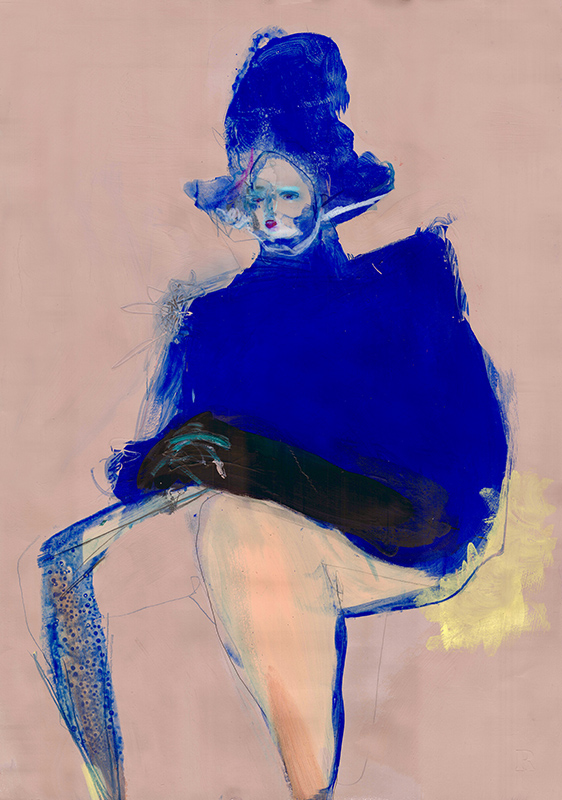
How did you get involved with Newlyn School of Art?
I moved to Cornwall nearly ten years ago. I got my first studio here and decided it was time to get more serious about my creative process. I was already proficient in drawing and painting, and I knew my materials really well, but I didn’t enjoy working alone all the time. I read about Newlyn School of Art in The Guardian, and enrolled in a couple of courses.
I really enjoyed painting in the same room as others, so I moved onto their Defining Practice course, and then Mentoring. I just loved being with people that had the same drive to create. It felt quite natural, eventually, to teach there too.
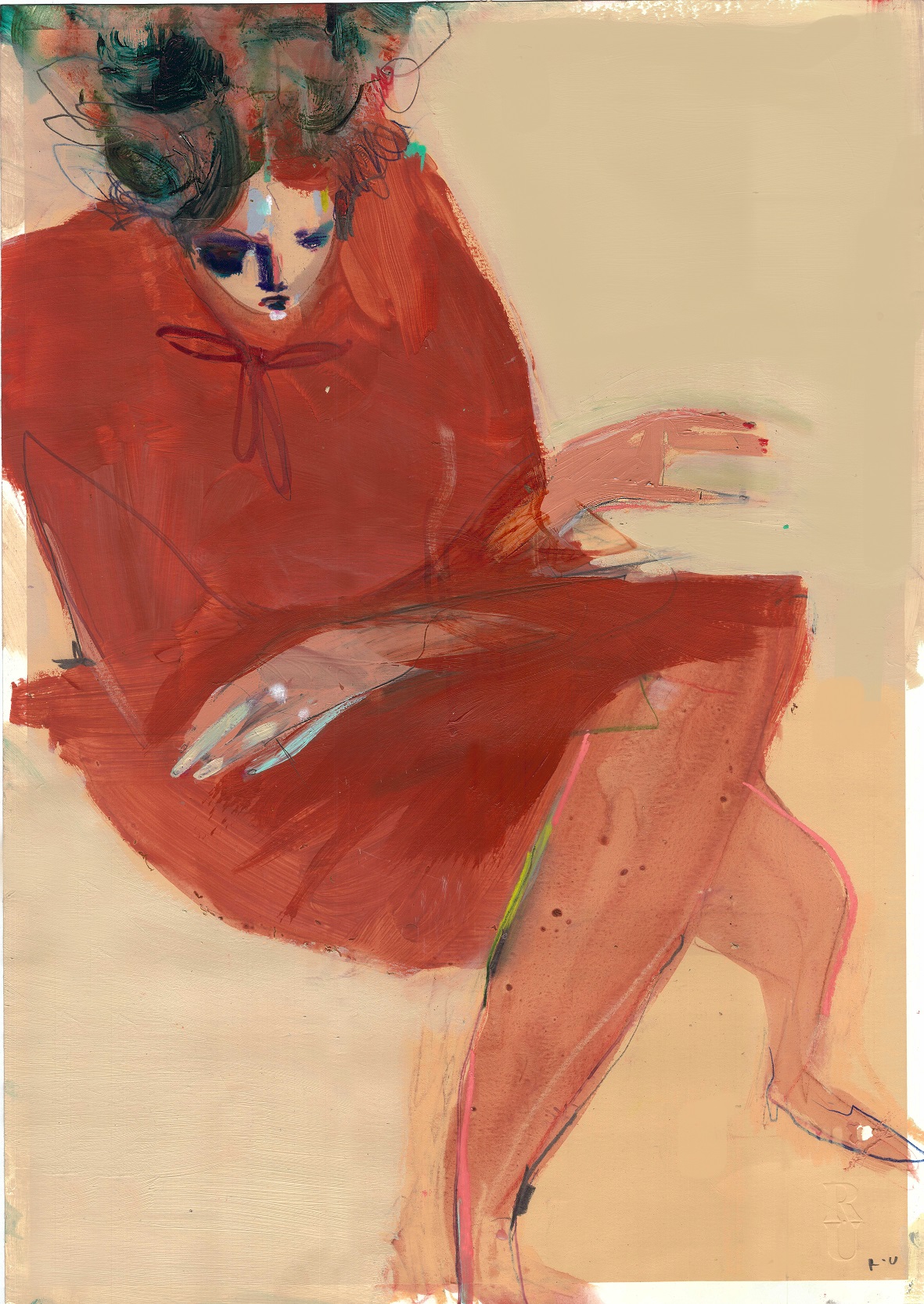
What makes Newlyn School of Art different?
I think Sasha and Henry have got it so right at Newlyn. The ambiance and tutors there are amazing. Sometimes when I’m teaching there, I see the penny drop for someone; and that can be quite profound and emotional. It’s a real privilege and a responsibility being an educator. You are inspiring and informing these people; you are opening doors to their creative process, even to another part of their soul sometimes. I think that's what education can be when it’s at its best, and that's why I think Newlyn is quite a special place in that regard.
Tell us about your year-long course, The Figure.
The school already had a couple of year-long courses, and people on my short courses kept saying they wished they were longer - it was a no-brainer. Faye Dobinson and I created the course together, and we can see real growth in this year's students already.
I think the real benefit of The Figure is the continuity and layered approach. Each session focuses on a different way of working. There’s a session dedicated to photography; another dedicated to collage and assemblages; others to performance and projection and one that strips right back to a cave-painting way of drawing. There are so many ways to express something through the human form.
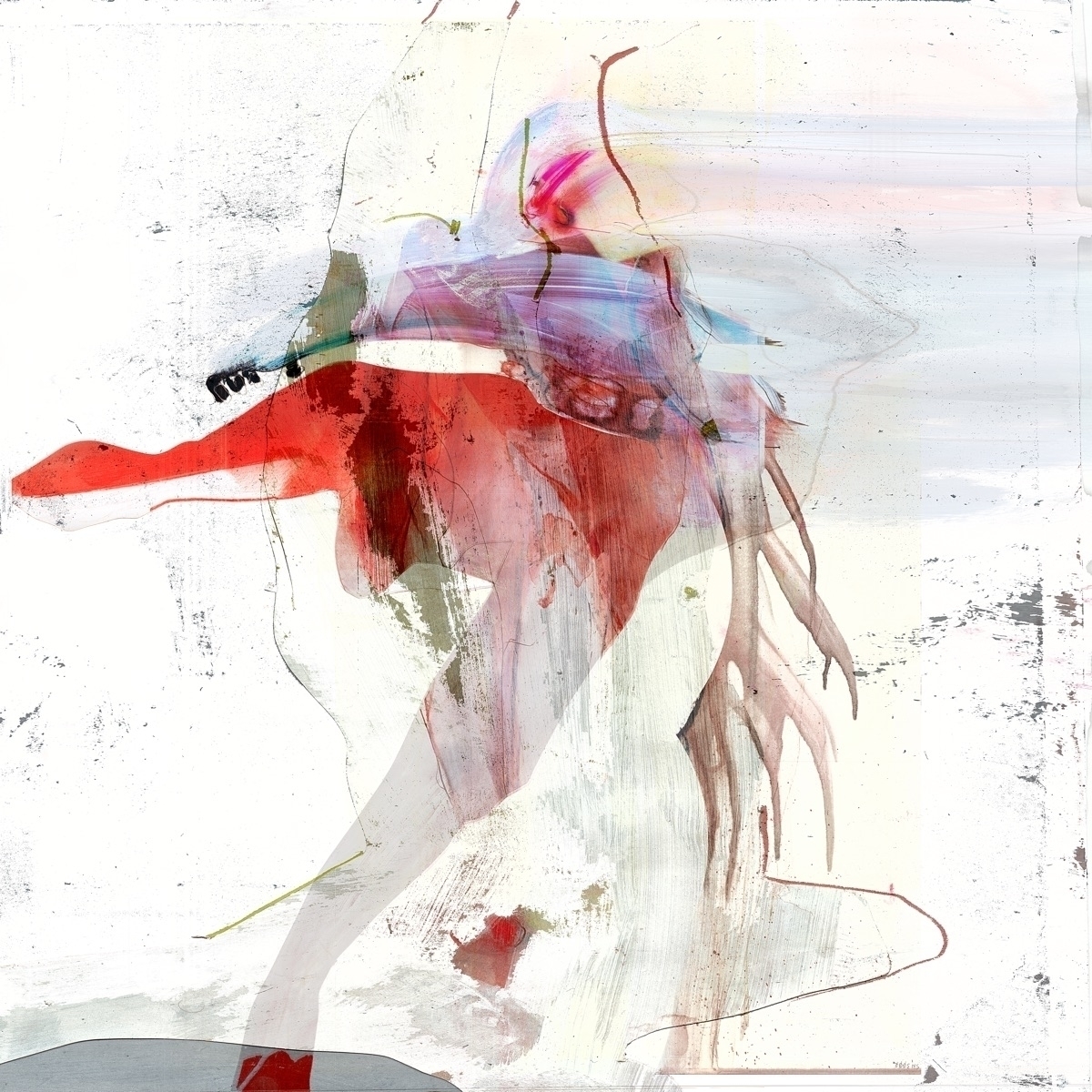
Rob was speaking with Kari Herbert
Rob Unett is the lead tutor on The Figure, a course made up of six 2-day sessions held throughout the year.
He also teachs on the Abstract Figure and Expressive Flower Painting in-person courses, and Expressive Flower Painting online, Expressive Figure Painting online, and is one of the tutors for our Online Life Drawing Sessions.